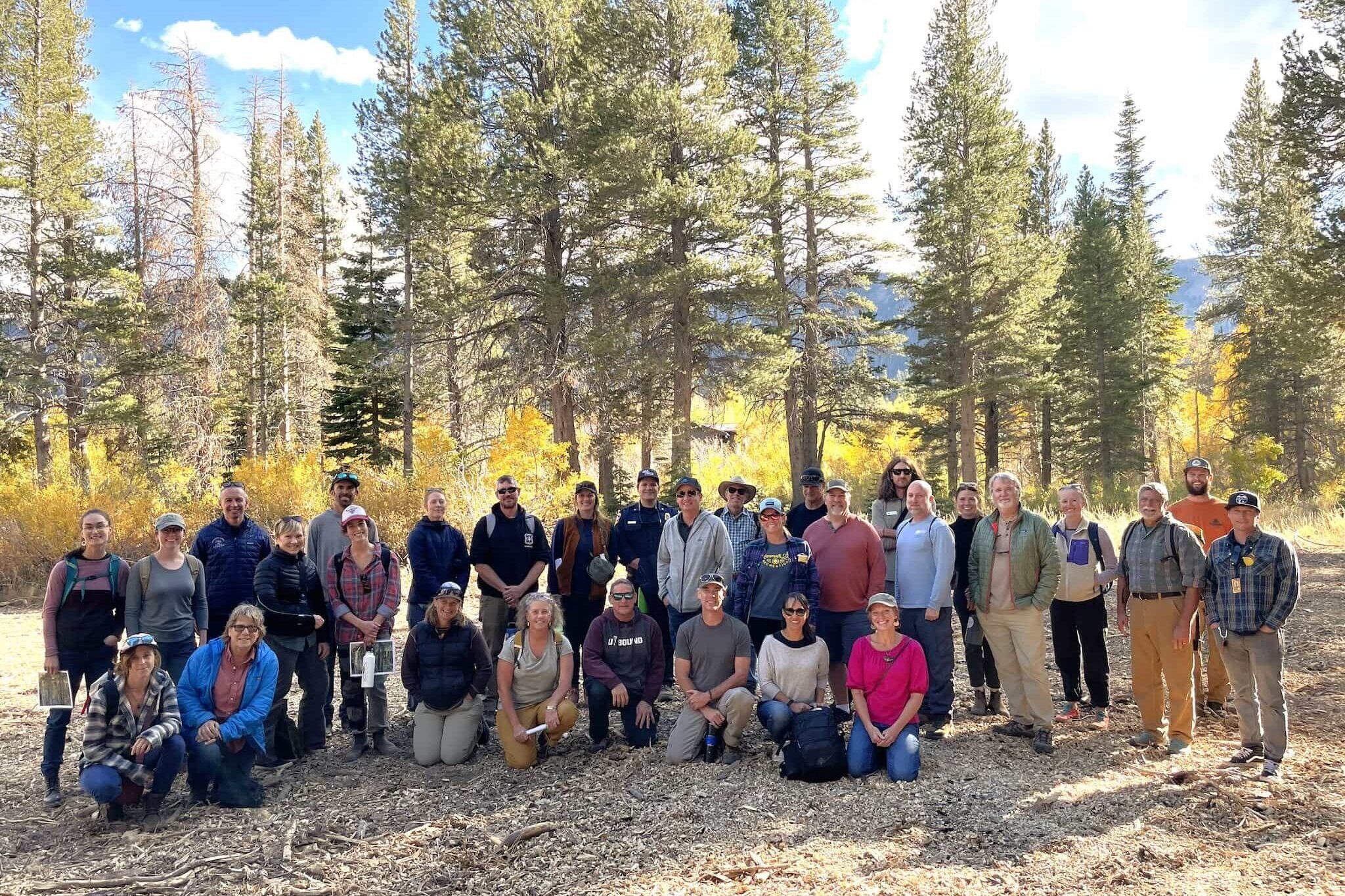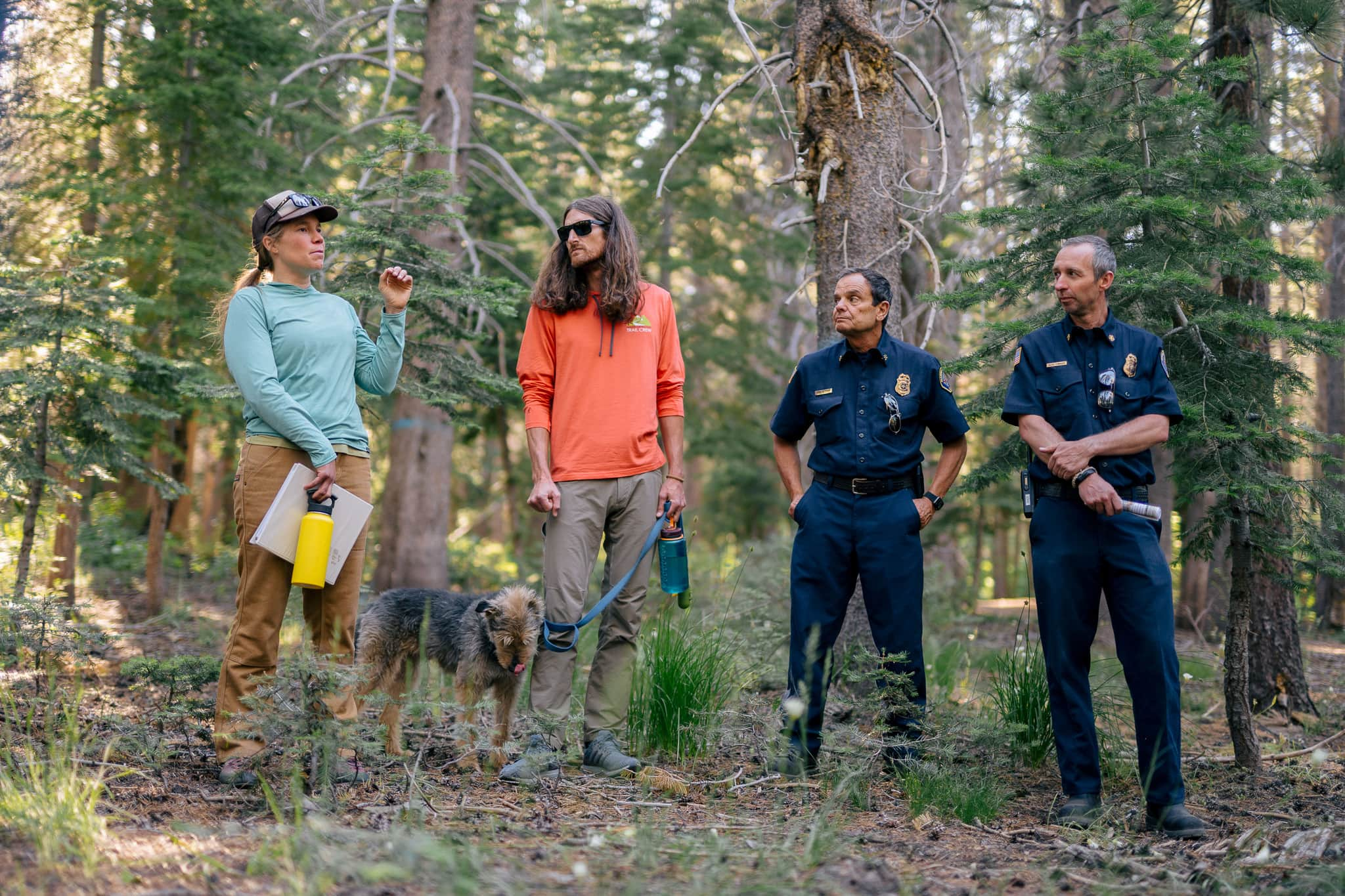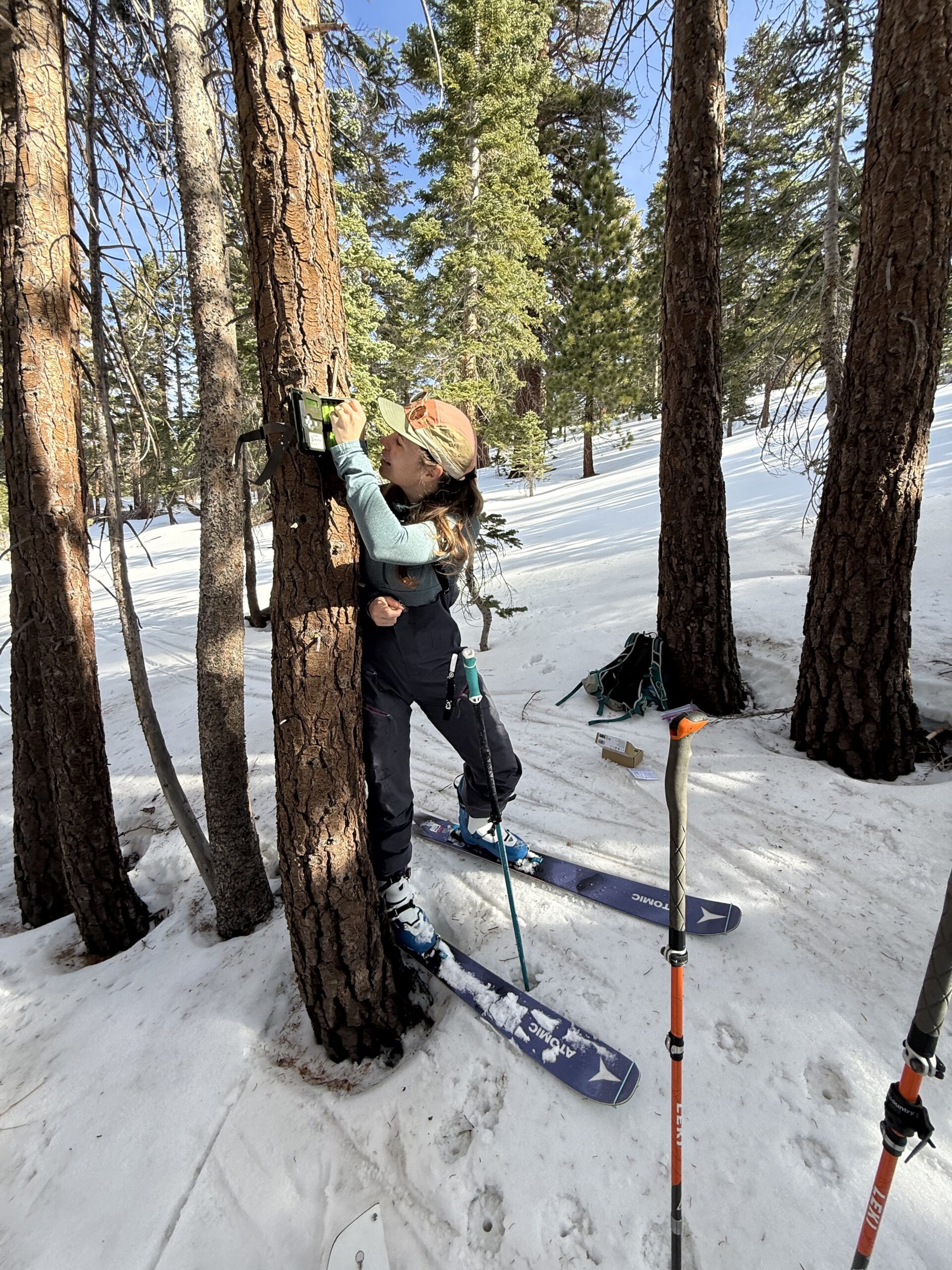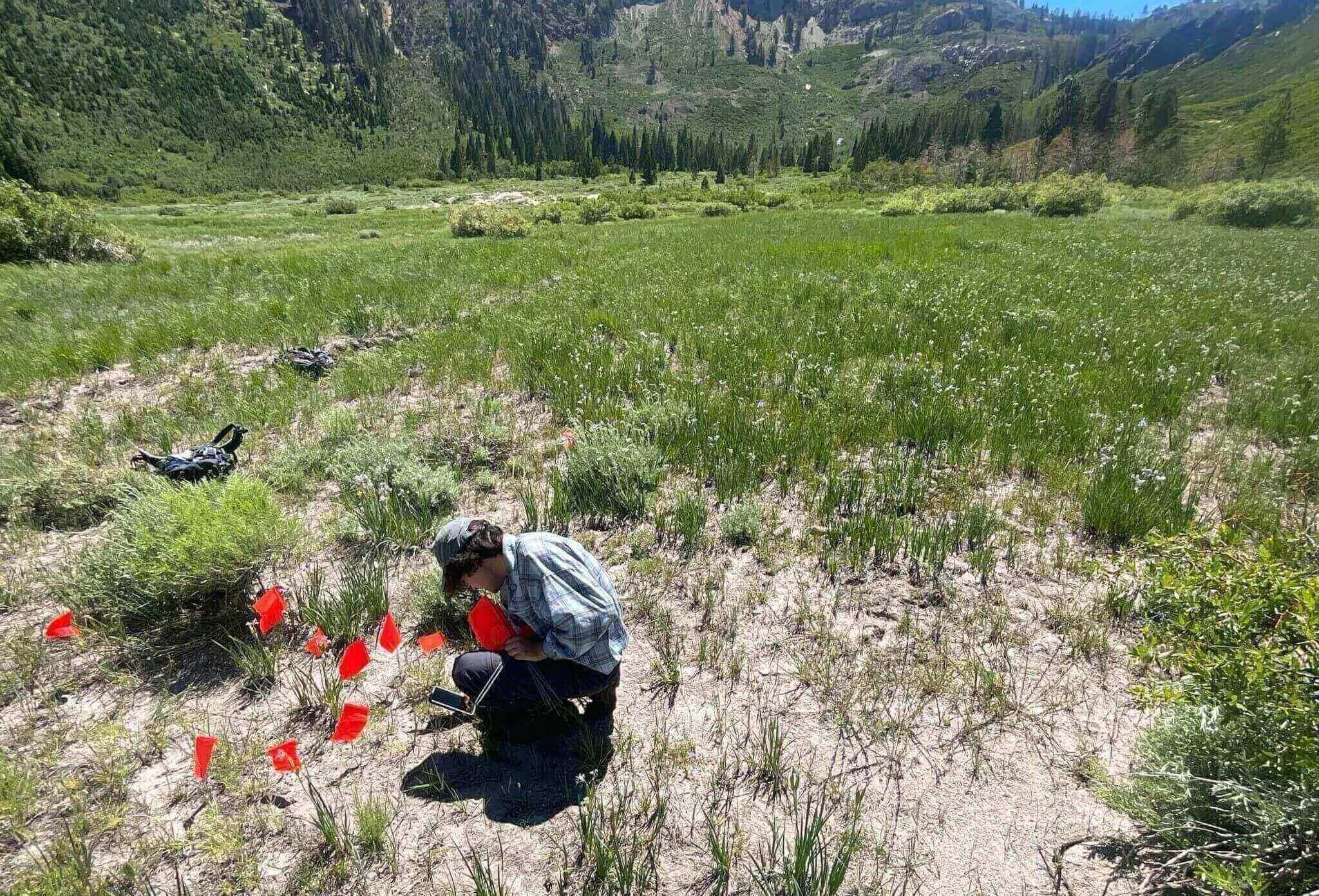We are bridging capacity gaps for effective change.
Environmental planning is essential for the sustainable management of natural resources and the resilience of ecosystems across the Eastern Sierra. We play a key role in bridging capacity gaps that have long lasting effective change in the region, paving the way for healthier landscapes and more resilient communities.
Our approach involves conducting thorough environmental reviews across a range of critical resource areas, including biological and botanical resources, wildlife habitat, and silviculture. These assessments provide a science-driven foundation for planning, and allow projects to meet the highest standards of ecological integrity and align with local environmental needs. Learn more about the environmental planning process or visit Featured Work to see examples of our work.
How We Achieve This

Comprehensive Environmental Reviews
Our team of local experts performs rigorous analyses that form the basis of sound environmental planning. By deeply understanding local ecosystems, we enable informed decisions that guide effective restoration and fuels reduction projects from inception to implementation. Visit Featured Work to learn more about our work, including the Eastern Sierra Climate and Communities Resilience Project.
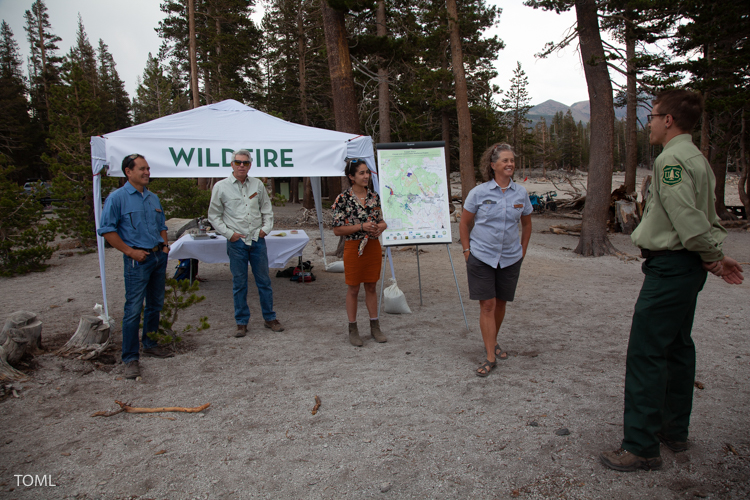
Public Scoping
We believe public involvement is an essential component of successful environmental planning. We are committed to transparency and education on project goals and prioritizing engagement throughout the planning process. We actively promote opportunities to comment on our projects, and take care to incorporate feedback and address concerns.
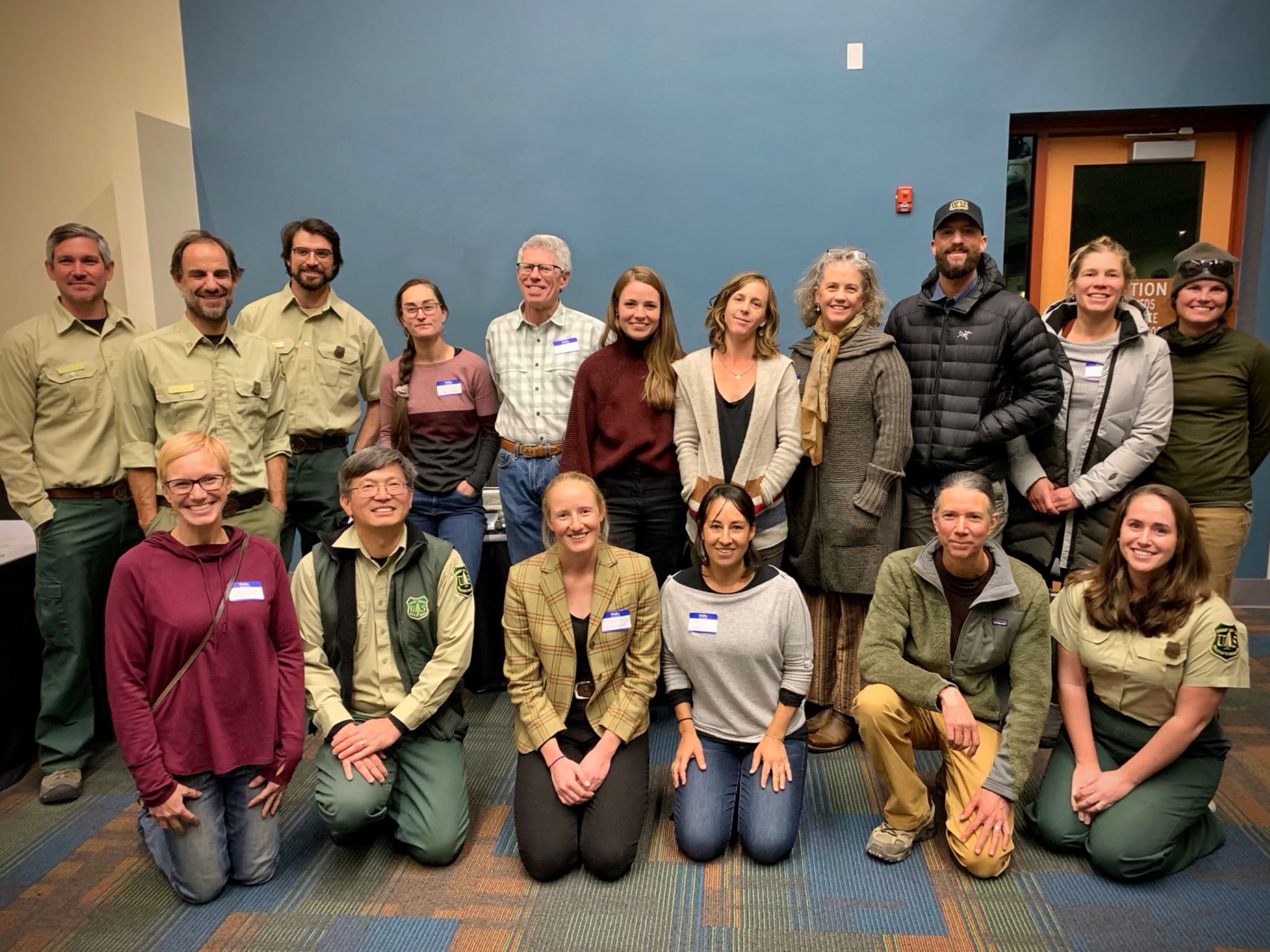
Expanding Capacity for Long-Term Sustainability
Our commitment extends beyond individual projects. We’re building our team’s expertise and expanding our planning efforts to support ongoing restoration and fuels reduction work, creating lasting pathways for ecosystem resilience. We collaborate with local organizations, community members, and land managers, and work to address both immediate needs and future challenges.

